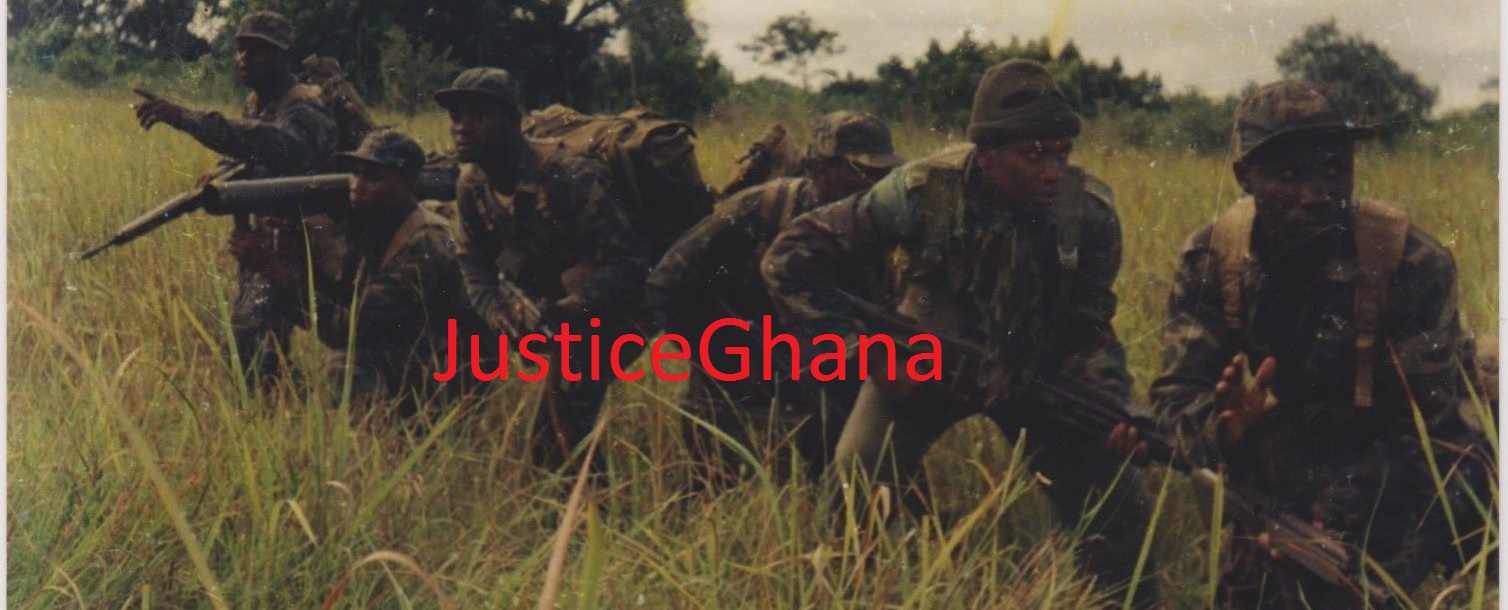Welcome
....to JusticeGhana Group

JusticeGhana is a Non-Governmental [and-not-for- profit] Organization (NGO) with a strong belief in Justice, Security and Progress....” More Details
The UN debates its 'responsibility to protect'
- Details
- Parent Category: Africa and The World
- Category: Current Issues
- Created on Sunday, 22 April 2012 00:00
- Hits: 4535
 The UN debates its 'responsibility to protect'
The UN debates its 'responsibility to protect'
Chapter 7 of the United Nations charter has a clause, known as the 'responsibility to protect,' and it is the sole argument in international law that would allow for legitimate military intervention in Syria.
In light of the ongoing violence by the armed forces of Syrian President Bashar al-Assad against their own people, the possibility of military intervention has been repeatedly discussed to protect the civilian population from further attacks. The prerequisite for sanctioning any intervention is a resolution from the United Nations Security Council. The Council is the only body allowed by international law to impose sanctions, based on Chapter 7 of the UN charter, which permits such action when an act of aggression or breach of peace is evident.
Since the violence in Syria is not aimed at an external target, but rather a domestic one, intervention may be justifiable on the grounds of a Chapter 7 clause, known as 'the responsibility to protect' principle, or R2P, which is defined as an obligation to come to the aid of a civilian population under attack by an armed force.
The UN as a protective authority
It is incumbent on individual states, as signatories of the UN charter, to protect civilians. If they do not fulfill this obligation, a situation emerges in which the R2P principle may be transferred to the UN as a guardian of international law.
In the case of Libya, for example, UN Resolution 1973 from March 17, 2011, did just that. It formulated the legal basis for military intervention against the Gadhafi regime. Such interventions, however, have strict legal limits. Regime change through external military force must not be the aim of the intervention.
However, Russia and China argued that this was the case in Libya. For this reason, both veto powers, so far, have refused to approve a Chapter 7 resolution on Syria, although they have given their support to the peace plan worked out by the special UN envoy, Kofi Annan, which calls for an immediate end to attacks on civilians, among other things.
Political leverage with the Annan peace plan
According to reports coming from the Syrian opposition, more than 1,000 people have been killed just since President Assad agreed to the Annan plan on March 25. UN Secretary-General Ban Ki-moon, on Thursday, even accused the Assad regime of using its acceptance of the peace plan to gain time "to continue killing."
If Assad continues to violate the peace plan and its conditions, the veto powers Russia and China would find themselves under even more pressure to respond. Negotiations have been going on for months at UN headquarters in New York on the parameters for an intervention resolution. Ultimately, China and Russia could give up their reservations and at least agree to arrangements that would allow setting up safe havens for the civilian population and army deserters.
Safe havens protected by force
Security zones monitored by troops from the international community under the auspices of the UN could protect Syrians from persecution and violence perpetrated by the Assad regime.
Safe havens could be set up at one or several locations, in areas where large numbers of people were killed or threatened in the past. One possible region for such a camp would be the rebel stronghold of Homs.
The protection of these zones would be guaranteed by a UN resolution and lie in the hands of an armed international coalition of regional countries, or possibly NATO. In addition, this alliance would have to ensure that people attempting to reach a safe haven are not prevented from doing so by Syrian government forces. The Assad regime attempted to do just that when people sought refuge in neighboring Turkey.
Examples from past missions
The no-fly zones set up by the UN Security Council during the Bosnian war in October 1992 could serve as a model for safe havens in Syria. Only UN airplanes and support aircraft were allowed into the airspace over the former Yugoslav republic. When the Serbs ignored the no-fly zone and flew sorties in Bosnia-Herzegovina, NATO was granted authority by UN Resolution 816 in March, 1993, to impose the no-fly zone by force.
In the early 1990s there were also two no-fly zones in Iraq, although they had no UN mandate. They were set up to protect Kurds in the north of the country and Shi'ites in the south. Invoking an earlier UN decision, they were then enforced by the United States, Britain and France. UN Resolution 688, from April 1991, called for an end to the repression of the Iraqi people, but there was no decision on how this could be enforced. Resolution 1973 on Libya also paved the way for a no-fly zone over the entire country, but expressly stipulated that no ground forces could be used.
Author: Daniel Scheschkewitz /gb Editor: Neil King Source: Deutsche Welle





